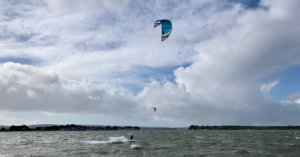ESMO20 Preview 4 – Targeted therapies to watch out for
Not in Madrid – with the global pandemic continuing to exert a significant effect on the cancer conference season, the annual meetings continue apace virtually.

Plaza de Cibeles, Madrid
For this year’s ESMO meeting we have already covered immunotherapies, both early and late stage pipeline highlights and now it’s time to explore what to watch out for over the weekend on the early to mid stage targeted therapy front.
The good news is there is some potentially practice changing data being presented, as well as some novel approaches in preclinical development emerging. These should be hitting the clinic in the near to medium term future. On the other extreme is the more common problem whereby a few agents are showing signs of not holding up to their early promise/hype.
Let’s now take a look at what we can learn in the fourth and final ESMO Preview for 2020…
To learn more from our oncology analysis and get a heads up on insights and commentary pertaining to ESMO 2020, subscribers can log-in or you can click to gain access to BSB Premium Content.
This content is restricted to subscribers




 It’s the dog days of summer and yet there’s a lot happening on the DDR front from multiple angles.
It’s the dog days of summer and yet there’s a lot happening on the DDR front from multiple angles.


